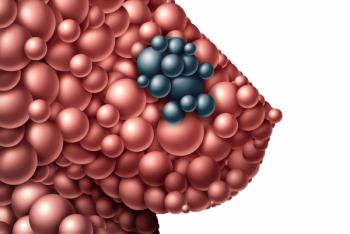
|Slideshows|August 5, 2016
Spotlight on New Oncology Drugs: Access, Costs, and Use
Author(s)Cancer Network Editors
Read compelling analyses of 5-year trends and projected changes in the oncology clinical drug pipeline, selected from the IMS Institute for Healthcare Informatics’ recent “Global Oncology Trend Report.”
Advertisement
Slides republished with permission from the IMS Institute for Healthcare Informatics. Visit theimsinstitute.org to view the full publication, “Global Oncology Trend Report: A Review of 2015 and Outlook to 2020.”
Newsletter
Stay up to date on recent advances in the multidisciplinary approach to cancer.
Advertisement
Advertisement
Advertisement
Trending on CancerNetwork
1
Bioimpedance Spectroscopy is Allowing for Lymphedema Reduction in Breast Cancer
2
A Look Back on the Top 10 Oncology Interviews in 2025
3
What’s New in Hematology/Oncology? Discussing the 2025 ASH Annual Meeting
4
Interpreting Overall Survival and Subgroup Outcomes in MATTERHORN: Where DFLOT Shows Strength and Where Questions Remain
5































































































